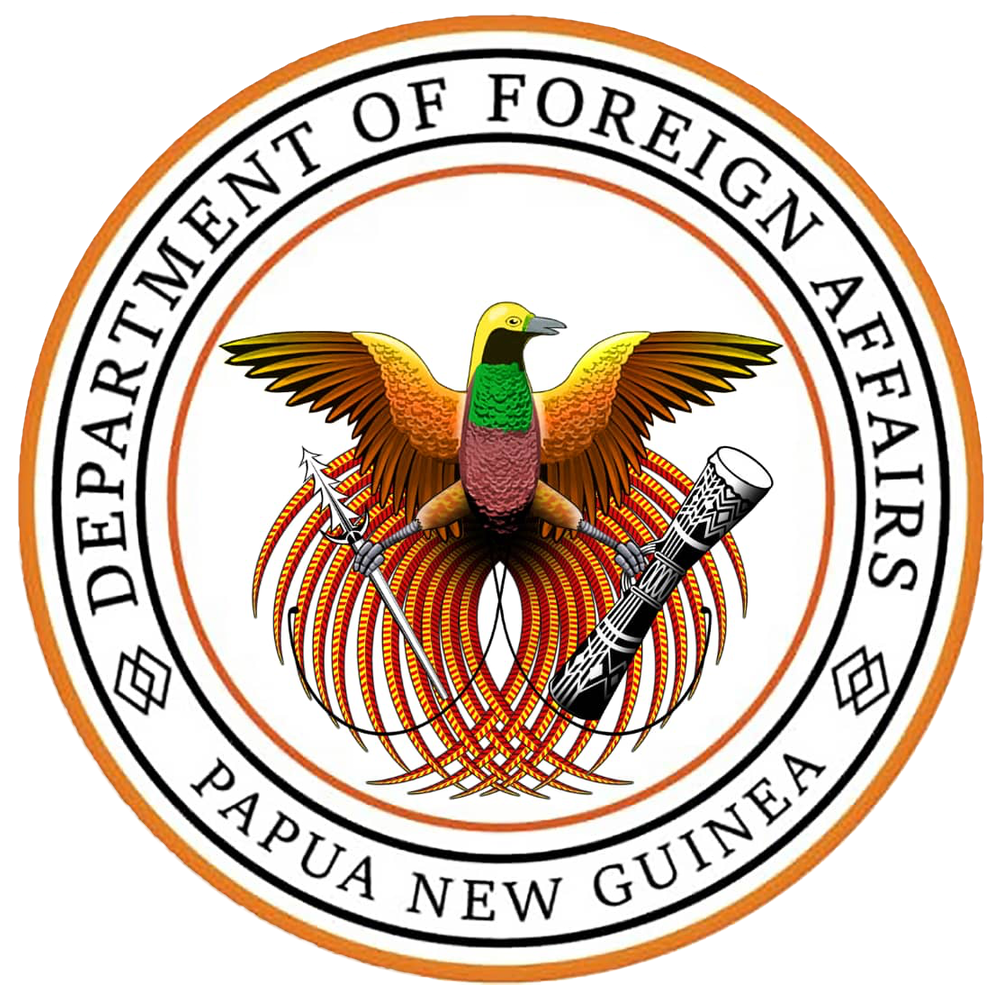About PNG: Plant and Animal
Papua New Guinea (PNG) boasts a remarkable array of plant and animal life, with its diverse ecosystems ranging from lush rainforests and highland plateaus to coastal plains and coral reefs. The country's rich biodiversity is a testament to its varied climates, landscapes, and geographical features.
The rainforests of Papua New Guinea are among the most biodiverse in the world. These forests are home to an incredible variety of plant species, including numerous endemic species found nowhere else on the planet. The flora includes a diverse range of orchids, palms, ferns, and trees, contributing to the country's reputation as a global hotspot for botanical diversity.
The highland regions of PNG, characterized by rugged mountain ranges and fertile valleys, host unique plant life adapted to the cooler climate. Alpine vegetation, mosses, and distinctive highland grasslands add to the botanical diversity of the country. Traditional agricultural practices such as terraced farming are also a notable feature of the highland landscapes.
PNG's coastal areas and islands feature a blend of mangrove swamps, sandy beaches, and coastal vegetation. The mangrove ecosystems are vital for coastal protection and serve as nurseries for various marine species. Coastal vegetation contributes to the resilience of these ecosystems, providing habitat for diverse bird species and small mammals.
The country's rivers and waterways, including the iconic Sepik River, harbor aquatic plants and support a rich variety of freshwater life. Mangrove-lined estuaries and swamps are essential breeding grounds for many fish species, contributing to the country's significant aquatic biodiversity.
The marine life of Papua New Guinea is renowned for its diversity and abundance. The country's coral reefs, particularly along the Coral Triangle, host an extraordinary array of marine species, including colorful coral formations, fish, invertebrates, and marine mammals. PNG is a haven for divers and snorkelers, offering opportunities to explore pristine underwater ecosystems.
PNG's avifauna is exceptionally diverse, with an estimated 700 bird species, many of which are endemic. The birds of paradise, with their vibrant plumage and intricate courtship displays, are iconic representatives of Papua New Guinea's avian diversity. The country is also home to various parrots, kingfishers, and birds of prey.
Mammals in Papua New Guinea include a mix of terrestrial and arboreal species. Tree kangaroos are unique to the region, adapting to life in the forest canopy. Other mammals include possums, bats, wallabies, and diverse rodent species. The elusive and endangered tree-dwelling marsupial known as the Matschie's tree kangaroo is native to PNG.
PNG's insect diversity is immense, with countless species of butterflies, beetles, and other invertebrates. The country's forests are teeming with insect life, contributing to the pollination of plants and playing vital roles in the ecosystem.
Conservation efforts in Papua New Guinea aim to protect its rich biodiversity. National parks, conservation areas, and community-led initiatives contribute to the preservation of ecosystems and the sustainable management of natural resources. The challenges of habitat loss, climate change, and unsustainable practices underscore the importance of ongoing conservation endeavors in safeguarding Papua New Guinea's unique plant and animal life.
Papua New Guinea's plant and animal life showcase the country's extraordinary biodiversity, making it a global hotspot for ecological richness. The conservation and sustainable management of this diverse natural heritage are critical for the well-being of both the environment and the people of Papua New Guinea.

